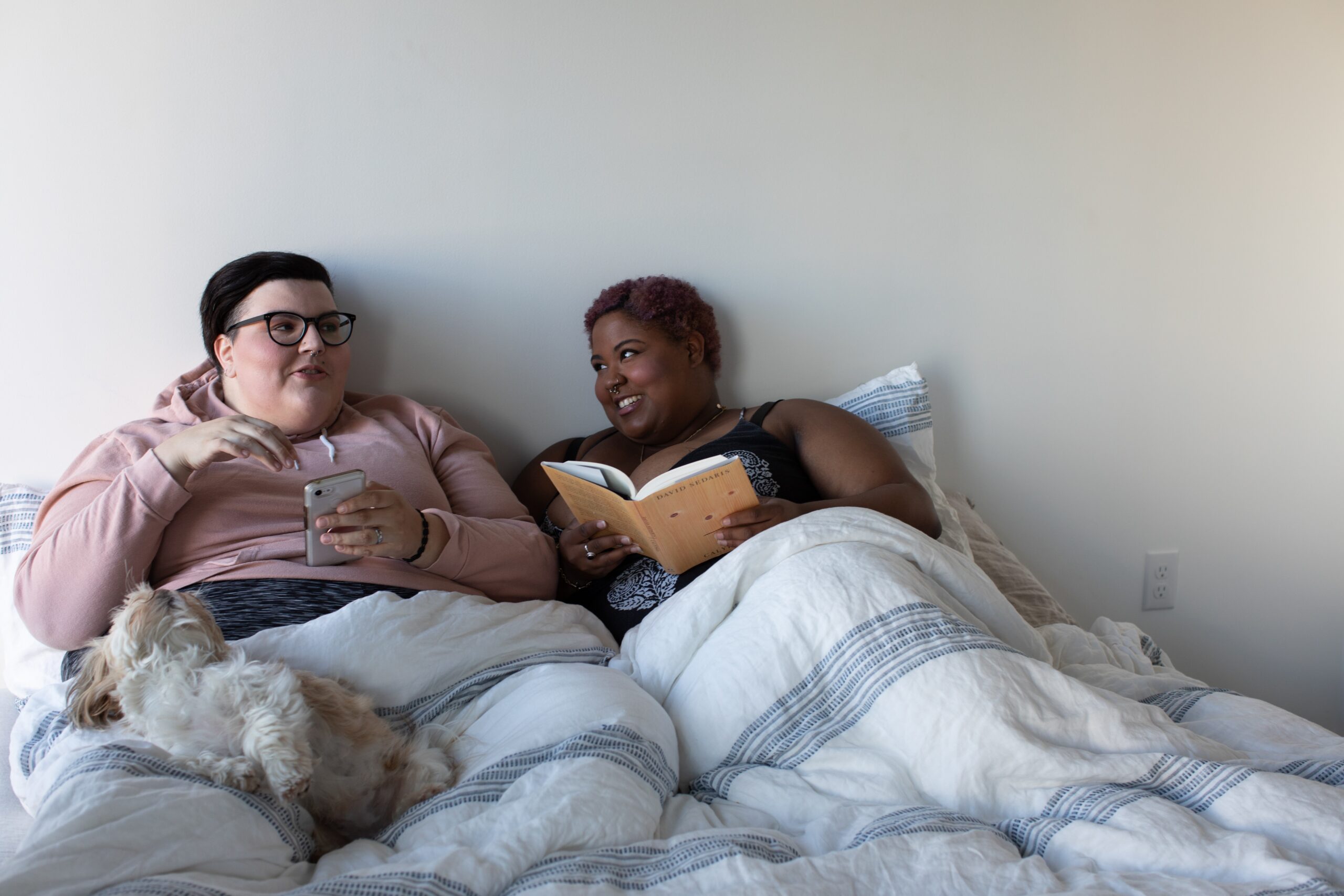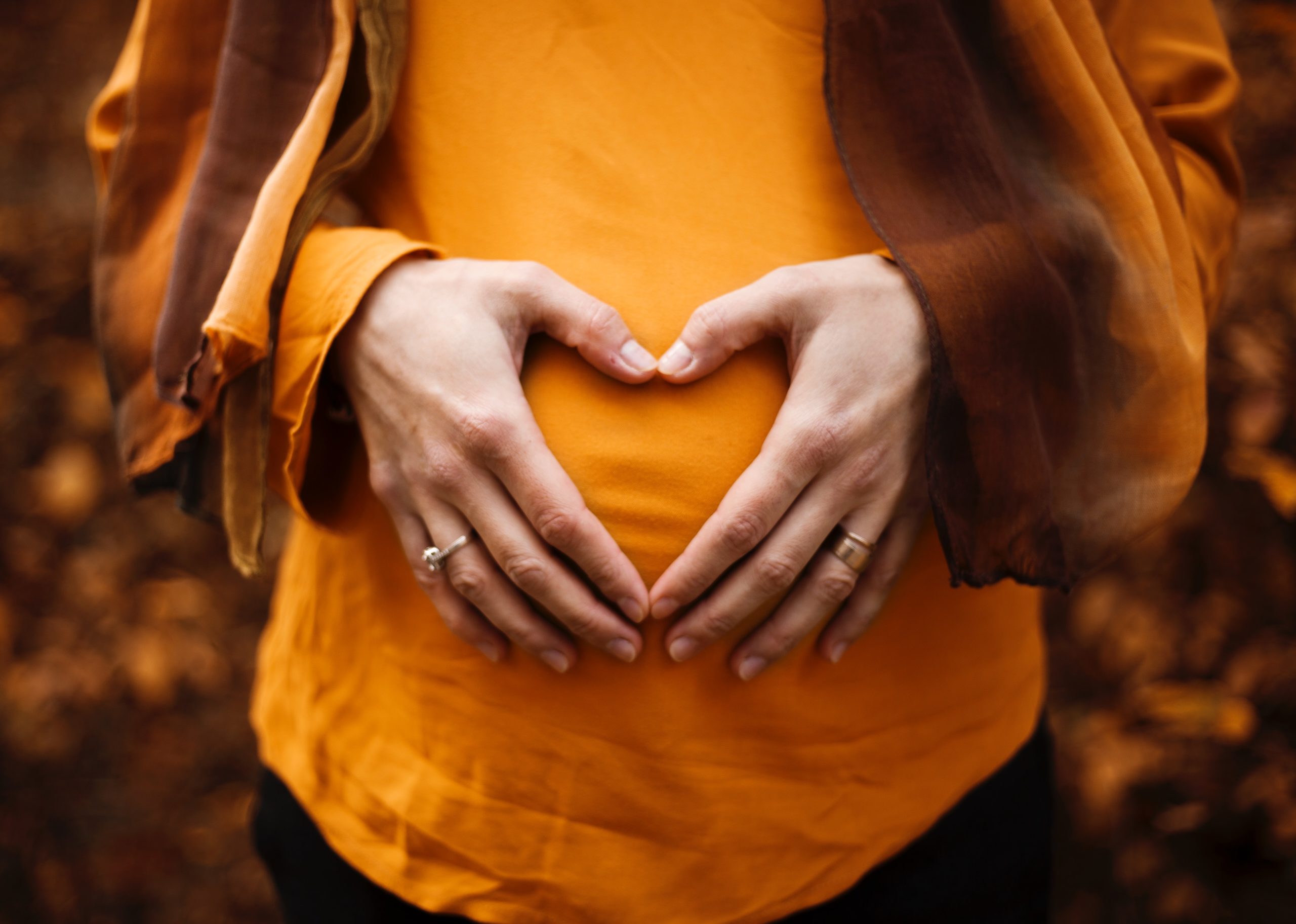Programs
Blog
About
PRegnant
LifeStyle
Postpartum
EXPECTING A BABY IN THE NEXT FEW MONTHS?
DOWNLOAD MY FREE POSTPARTUM ESSENTIALS CHECKLIST
Hi, I'm Liz!
I'm a chocolate-loving nutritionist,
pre & postnatal coach, doula and let's face it- total birth nerd 🤓.
I'm here to help you cut through mommy-marketing and pinterest perfection to confidently cultivate a pregnancy and postpartum experience you totally love.
Let's Connect
RECIPES
BREAKfast
beverages
main dish
dips & Dressings
salads & Sides
snacks
soups
treats
instant pot
one dish meals
quick meals
Pregnancy
Birth Planning
FIrst Trimester
Second Trimester
THird Trimester
Postpartum
Postpartum Planning
FOurth Trimester
REcovery
wellbeing
Fitness
Pregnancy Loss
Understanding Loss
Recovery After Loss
Friends & Family SUpport
PArent Life
Pregnant?
Check out the
5 core exercises you need to know!
Take the stress off your plate! Download
Meals Made Simple!
i need this!
Yes Please!
shop SAfer at beautycounter
Get the BEst Non-toxic Deodorant!
FItness
Nutrition
Nutrition
Grief & wellbeing
Pregnancy After Loss
Understanding Loss
Recovery After Loss
Friends & Family SUpport
Grief & wellbeing
Pregnancy After Loss
Understanding Loss
Recovery After Loss
infant & Toddler Feeding
Grief & wellbeing
Pregnancy After Loss
Newborn Care
Family Dynamics
PArent Relationships
lactation
Pregnancy After Loss
5 Ways to Avoid the Winter Blues
Daylight savings is coming to an end, November 4th, which means the clocks are going to turn back one hour. While this means the mornings will be brighter, the evenings will be darker, and the window of daylight we get each day will continue to shrink until December 21. This shift in daylight is usually accompanied by changes in energy, sleep and mood, including seasonal sadness or seasonal affective disorder, also known as SAD. And while we all may not be formally diagnosed with SAD, changes in mood with the time change can affect everyone in some way. These changes in mood have an even greater impact on those living in Northern regions with less daylight hours (hello Portland!) (1,2)
Along with changes to mood, the shorter days impact our sleep, sociability, and overall wellbeing. (1) This decrease in well-being may be attributed to the limited sunlight, which helps our bodies produce vitamin D when the skin is exposed to the sun’s UV rays. (1) While vitamin D is essential for bone health and calcium regulation it can also be beneficial for treating symptoms of depression, including SAD. (5) Darker days with more clouds and prolonged hours indoors reduce our total exposure to sunlight and ultimately impacts our vitamin D production!
Those who wake early for work and get home past sunset may even experience full days without sunlight absorption! Women are four times more susceptible to feeling the effects of seasonal affective disorder compared to men, meaning that practicing self care is a real priority. (3) Winter is coming and it’s time for us to once again face the change of the clock, but this year let’s take some steps avoid the winter blues.
Spend Time Outside
Getting outside and absorbing any and all sunlight is so important during the Winter months. Even though sunlight is limited, we can still reap the benefits of getting outside and absorbing whatever sunlight we can! Take advantage of the early morning light right after sunrise and through the afternoon when the sun is at its peak. Although it may be chilly and cloudy, if the sun is shining, any exposed skin can absorb the UV rays and work to produce vitamin D naturally. Bundle up your kiddo, take the dog for a walk and get outside as much as possible! When you’re not outside, keep your space filled with natural light. Open the blinds and let the sunlight stream in because even the cloudiest of days will offer some sunlight! (3,6)
Exercise (preferably outside)
Regular exercise relieves stress and anxiety and may also help with symptoms of seasonal sadness, especially if you can get moving for 30-60 minutes each day. (3,6) If twenty minutes of that workout can be done outside you may experience more benefits, like improved mood and elevated vitamin D levels. (6)
Ideally, the more endorphins released during your workout the better. If you can get outside for a long workout of up to 60 minutes go for it! (6) Going for a run outside or doing a circuit workout in the sun will be best for improving your mood. (3,6) Don’t have time for an hour long workout? Try for a short ten minute walk outside during lunch or string together a couple tabatas (they’re only four minutes each!). Participating in any type of movement you enjoy and works with your lifestyle will be helpful: practice a few BIRTHFIT (link to: neportland.birthfit.com) functional progressions, start an at-home yoga practice on your deck, or simple take a walk with friends. (3,6)
Stay social
It can be so easy to stay holed up at home during the winter. It’s cold, dark and curling up on the couch seems like a great idea! And while taking time for yourself is important, remember having a solid support group around you can be helpful to get you out of a winter blues funk. (3) Surround yourself with friends and family for the holidays; think about hosting a secret santa with your favorite coworkers or involving friends in your outside/exercise time.
Make your morning routine a ritual rather than a chore
Less daylight combined with busy schedules can result in us rushing through our days without ever taking a moment to enjoy the sweet sunlight. If you’re like most of us are who get home after the sun has already set, try to make time in your morning to move outside and move through a consistent morning routine.
Savor your mornings whenever you can; make your coffee and savor each sip, move through a vinyasa flow, walk the dog while enjoying the crisp air and be mindful as you move through the motions of your morning routine! Stay consistent in your schedule and aim to be up at the same time each morning, preferably just after sunrise to take in as much natural light as possible. (6) With limited daylight having a solid morning routine can make a significant difference in your day!
Vitamin D Foods/Supplement
With the reduced light exposure we make and absorb less Vitamin D naturally from the sun (if any at all) and need to get it from our diet or supplementation. Those formally diagnosed with SAD have shown low blood levels of vitamin D and supplementation of vitamin D can helpful for treating depression and symptoms of seasonal sadness. (4)All adults have an RDA of 600 IU minimum per day of vitamin D for healthy body function. Spending time in the sun at least two times per week for a maximum of 30 minutes (without sunscreen) should be enough to allow your body to produce enough vitamin D for healthy function. (8) The caveat here is that you need enough skin exposed (i.e. face, arms, legs and/or back) and would have to be outside during peak sunlight hours between 10am and 3pm to allow the skin to process sun’s UV rays into vitamin D! (8) This is clearly unrealistic mid December in the Northwest.
However, you can supplement vitamin D to make up for it! Up to 2000 IU daily of supplemented vitamin D has been shown to provide benefits to healthy adults. (5) When looking for a vitamin D supplements be sure to choose one that contains cholecalciferol, also known as vitamin D3. (6) This is a more effective form of vitamin D versus vitamin D2 or ergocalciferol. You may also want to look for a supplement that combines vitamin D3 with vitamin K2 as they work together to maintain adequate calcium in our bones. (7)
Of course to have a good understanding of where our vitamin D levels are even at would be to test serum levels. Serum levels of vitamin D are at a good point for healthy function anywhere between 20-60 ng/mL. (8) And while we all won’t be able to get our serum vitamin D levels tested, we can control what we are eating to ensure that we’re consuming foods rich with vitamin D. Some of the best whole food sources of vitamin D include fatty fish like salmon, mackerel and sardines (especially those with the bones left in!). (5) Egg yolks and some mushrooms are also adequate sources of vitamin D. (5) Consider that it may take more food than you’re currently eating to reach the minimum RDA of vitamin D if you are not supplementing. For example, one egg yolk contains 37 IU of vitamin D and 3 ounces of sardines will typically provide 165 IU of vitamin D. (5) In order to get between 400-2000 IU daily, you’ll need to be eating enough to meet that mark! Supplementing may be appropriate in this case to be sure that you are getting all the vitamin D you need until the longer days return once again!
References:
-
Would permanent daylight savings time prevent depression? www.psychologytoday.com. https://www.psychologytoday.com/us/blog/the-antidepressant-diet/201710/would-permanent-daylight-saving-time-prevent-depression. Published October 5, 2017.
-
Why I hate daylight savings time – and so should you. www.time.com. http://time.com/4690045/daylight-saving-hate/. Published March 9, 2017.
-
Seasonal affective disorder. www.mayoclinic.org. https://www.mayoclinic.org/diseases-conditions/seasonal-affective-disorder/diagnosis-treatment/drc-20364722. Reviewed October 25, 2017.
-
Seasonal affective disorder. www.nimh.nih.gov. https://www.nimh.nih.gov/health/topics/seasonal-affective-disorder/index.shtml. Reviewed March 2016.
-
Vitamin D. www.lpi.oregonstate.edu. https://lpi.oregonstate.edu/mic/vitamins/vitamin-D#food-sources. Reviewed October 2017.
-
Regular exercise protects against seasonal affective disorder (SAD). www.summitmedicalgroup.com. https://www.summitmedicalgroup.com/news/fitness/regular-exercise-protects-against-seasonal-affective-disorder-sad/. Updated December 1, 2016.
-
Is Vitamin D Harmful Without Vitamin K? www.healthline.com. https://www.healthline.com/nutrition/vitamin-d-and-vitamin-k#section1. Published March 4, 2017.
-
Vitamin D Health Fact Sheet for Professionals. www.ods.og.nih.gov. https://ods.od.nih.gov/factsheets/VitaminD-HealthProfessional/. Updated September 18, 2018.
Related
November 2, 2018
Liz Winters
The post may contain affiliate links and the site may earn a commission on some products.
Every item on this page is chosen and recommended by the LWW team.
Read more about our Affiliate Disclosure here.
Holiday hits
Don’t miss these!
Want to add a little ease to your routine as a parent?
Get all my favorite tips, tricks and recipes delivered straight to your inbox.
start here
blog
work with liz
programs
non-toxic living
podcast
contact
© 2021 LIZ WINTERS WELLNESS // WEBSITE BY PINEGATE ROAD
Terms & Conditions
start here
blog
work with liz
PROGRAMS
non-toxic living
podcast
contact
© 2021 LIZ WINTERS WELLNESS // WEBSITE BY PINEGATE ROAD
Terms & Conditions
BADASS Birther's Club
Postpartum Recovery After Pregnancy Loss
How to Support Loved Ones After Loss
start here
blog
work with liz
PROGRAMS
non-toxic living
podcast
contact
© 2021 LIZ WINTERS WELLNESS // WEBSITE BY PINEGATE ROAD
Terms & Conditions
Pregnant
Postpartum



